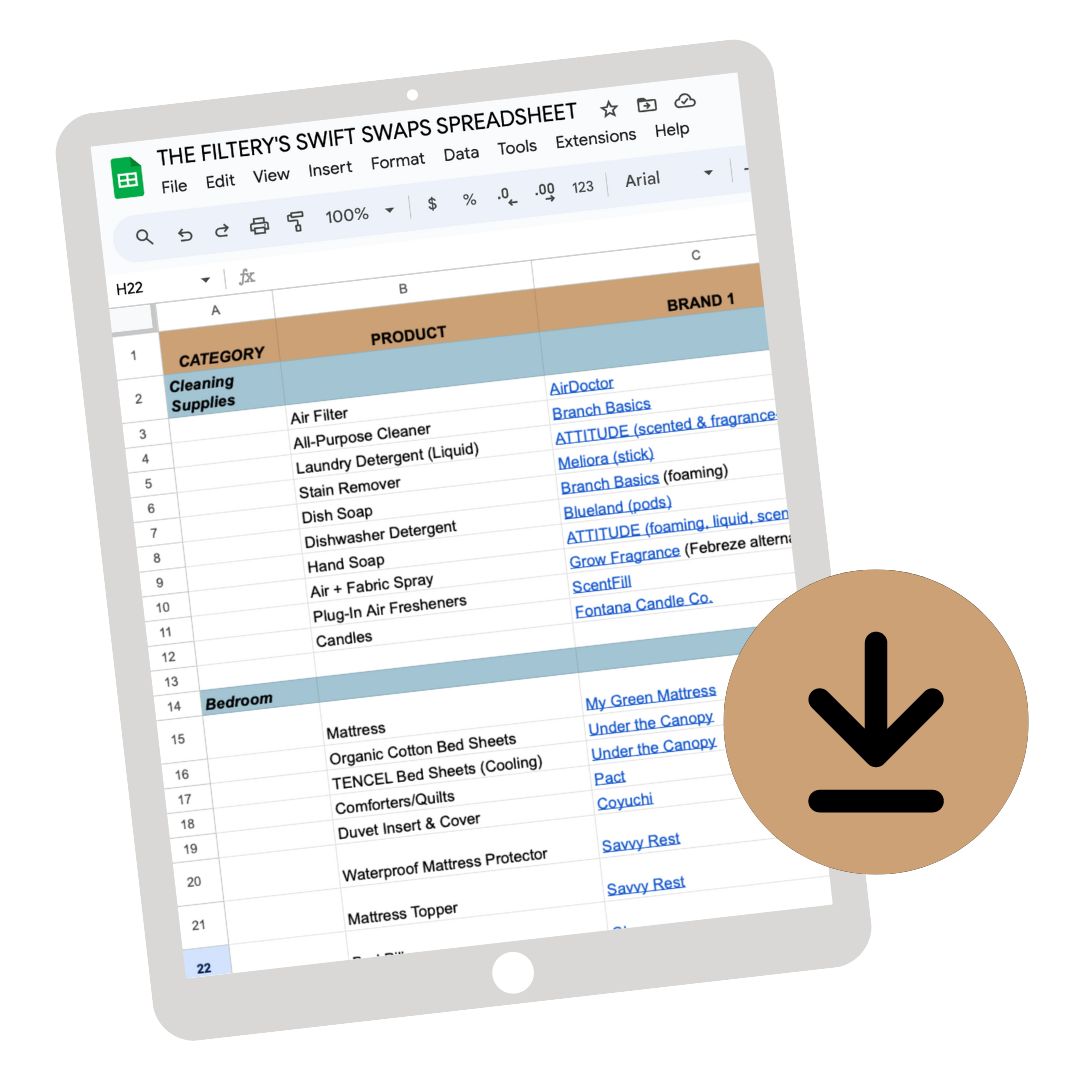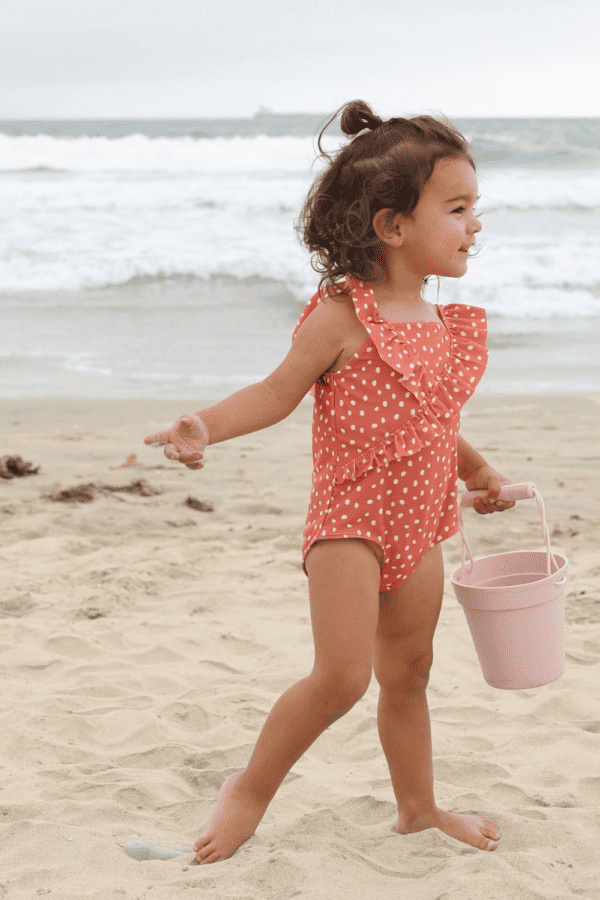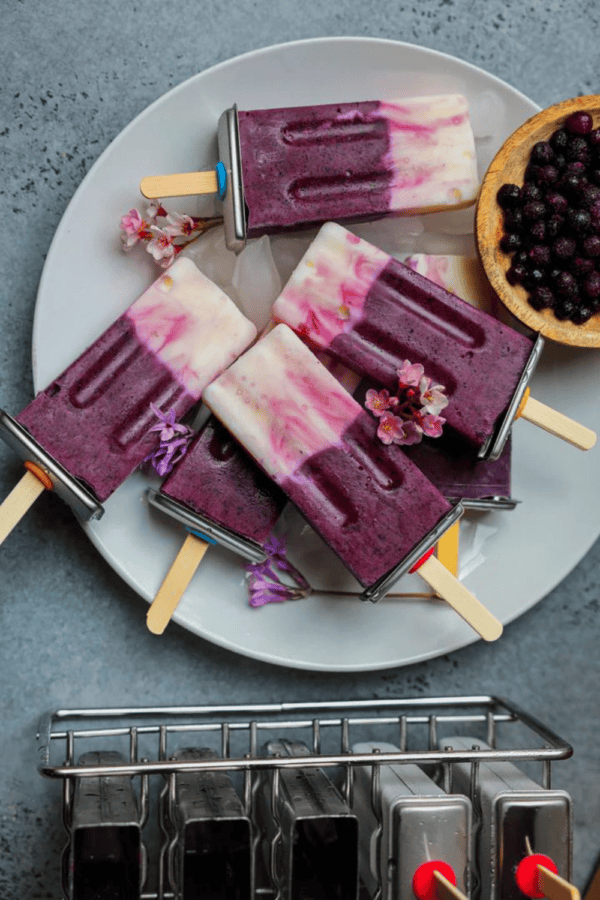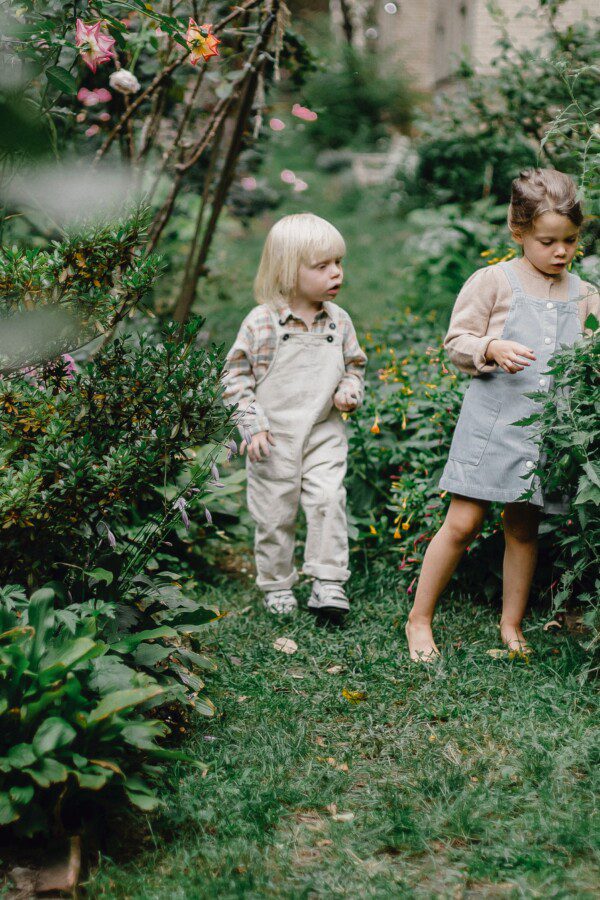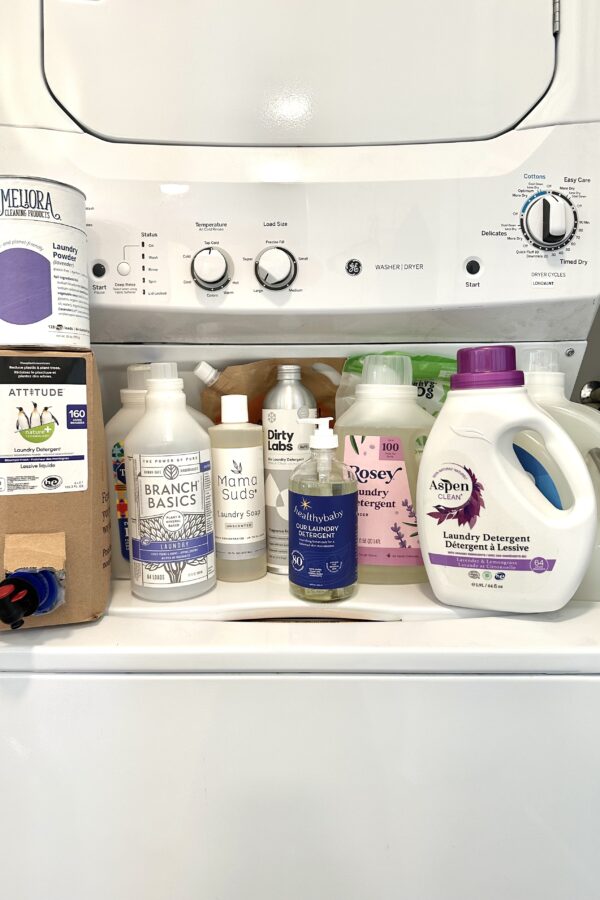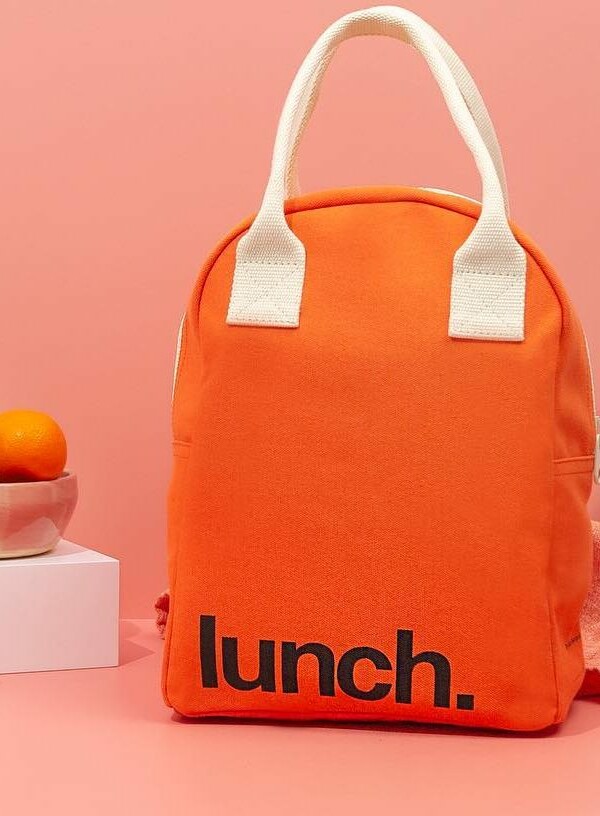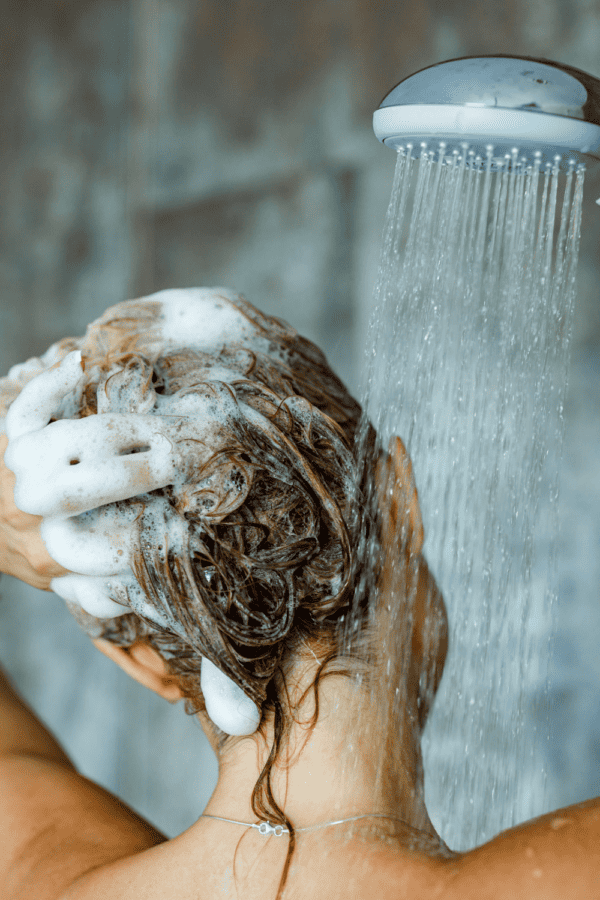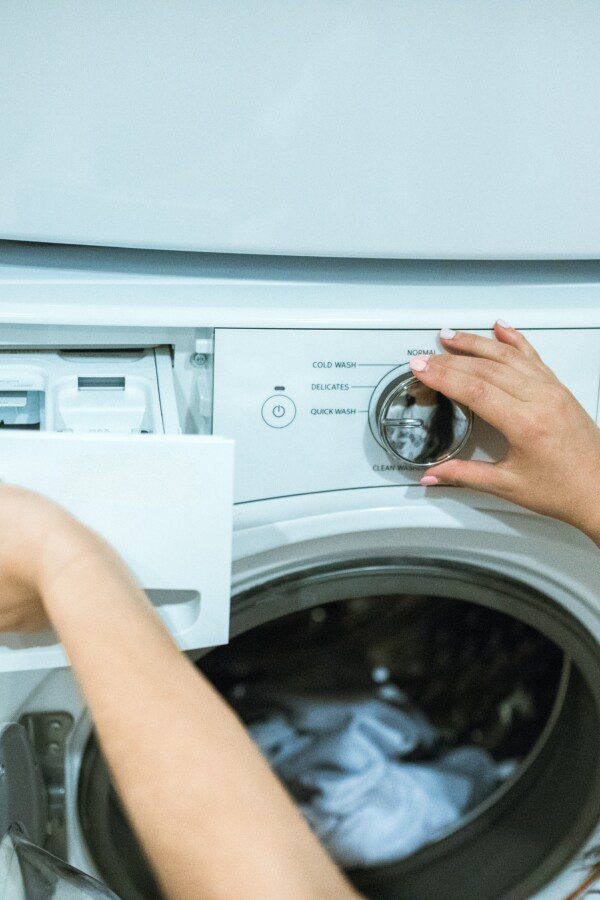Written by Denine W.
Do you remember your days in the sandbox?
Playing with sand is more than a good way to keep your kids entertained outside, it actually plays an important role for a kid’s development. It helps improve their motor skills, confidence, muscle control, and hand-eye coordination. It is also a fun activity during spring and summer, and it lets children be creative as they use their imagination to make and explore.
If they’re spending time in the sand box working on their cognitive skills, you want to ensure they’re digging into the safest play sand. Regular sandbox sand can be harmful to your little ones, so I’ve got all the details you need to find the safest (and best) non-toxic play sand that fits your family’s needs and even some sand alternatives!
In a Nutshell:
- There are no standards or labeling requirements for the source or content of play sand. As such, many commercial play sands can be contaminated with toxic ingredients.
- The most harmful ingredients that show up often in sand that you want to avoid are crystalline silica, microcrystalline silica, and/or asbestos.
- Below I’ve provided a variety of safe, non-toxic alternatives (and sandbox advice as well).
What This Article Covers:
This guide contains affiliate links, which means we may earn a commission if you decide to make a purchase. As always, we only make recommendations that are genuine.
Is Traditional Sand for Sandboxes Safe?

Let’s get right into it: is play sand carcinogenic?
Play sand that isn’t explicitly non-toxic may contain carcinogens. Here’s why:
Much of the commercial sand used for sandboxes is a byproduct of the mining industry. Generally speaking, a large percentage of most play sand is quarried from quartz rock.
As the rock, sand, gravel, and other minerals are removed from the ground, they create microdust particles that can enter our lungs.
These microdust particles can contain 3 major carcinogens:
1. Crystalline silica
This is a carcinogen that can also impact children’s lung development. It’s on California’s Prop 65 list.
2. Microcrystalline silica
This can cause lung cancer, COPD, and kidney cancer.
Exposure to silica can also lead to silicosis, a lung disease where the sufferer doesn’t inhale enough oxygen because the lungs are inflamed—from breathing in crystalline silica.
More dangerous heart and lung diseases, renal failure, pulmonary tuberculosis, and autoimmune disorders can also occur.
3. Tremolite
This is a form of asbestos, which, as you probably already know, can result in malignant mesothelioma, a type of lung cancer. Asbestos can also lead to throat and gastrointestinal tract complications.
Proportionally, kids breathe in more air than adults, and since they play close to the ground, the potential impact of breathing in these toxicants is increased.
Okay, what about all-purpose sand?
Play sand and all-purpose sand (or regular sand) look similar. However, all-purpose sand is coarser and has dust that may contain carcinogens like asbestos, making me unable to say all-purpose sand is non-toxic and safe for children to play with.
If you’re looking for sand that will be sat in and played with by a child, I recommend looking specifically for play sand if possible.
I know that all sounds scary, but the good news is that I’ve scoured the internet for brands that sell non-toxic play sand that’s quartz-free, silica-free, asbestos-free, and most importantly, safe.
The 3 Best Safe, Non-Toxic Play Sand Brands
Looking for the best non-toxic sandbox sand for your little ones? Here are the top brands to check out:
1. Safe Sand White Playsand
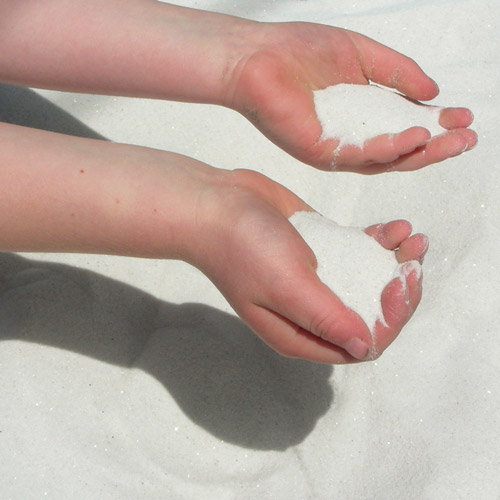
Safe Sand’s White Playsand is made from feldspathic sand, which is naturally fine. According to the company, it’s a popular choice for schools, aquariums, and museums, and it’s perfect for sand trays and sandboxes.
The White Playsand is free from:
- Asbestos
- Lead
- Crystalline silica dust
As such, this sandbox sand is non-toxic and safe for kids to play with. The company even gives you access to the test results of its sand so you can see for yourself that their safety claims are valid.
Safe Sand does state that the White Playsand may produce a small amount of dust as the sand grains rub together while it’s being transported. Simply wet the sand and the dust will settle.
The White Playsand also holds its shape when it’s wet, so your children can build elaborate sandcastles and really let their imagination run wild. (And it can be a great alternative to Kinetic Sand.)
The sandbox sand is available in various weights, and if you aren’t sure how much sand you need, you can use their sandbox sand calculator to find out if you need:
- Sample
- 25 pound box
- 500 pounds or a ¼ ton
- 1,000 pounds or ½ ton
- 2,000 pounds or 1 ton
2. Sandtastik Sparkling Play Sand

Sandtastik refers to their Sparkling White Play Sand as “sand with peace of mind.” The play sand is environmentally friendly and ideal for indoor and outdoor use.
Like the Safe Sand White PlaySand, Sandtastick’s play sand is also made from feldspar rock, so there may be some dust. Sprinkle the sand with water and the dust will settle.
The Sparkling White Play Sand is free from:
- Quartz
- Silica
- Asbestos
- Wheat
- Nuts
Sandtastik says their sand is tested by toxicologists at the Duke University School of Medicine, and that their testing is compliant with California Prop 65, CPSIA standards, as well as the Art & Creative Materials Institute (ACMI) industry certification. Even their plastic products are tested to be free from lead and phthalates.
Plus, the fact that this sand is allergy-friendly means it’s used in a lot of preschools, child care centers, hospitals, and therapeutic offices.
The play sand also comes in various sizes, from 25 pounds, 50 pounds, and 100 pounds, all the way up to 1,200 pounds. And the company also has a sand calculator if you aren’t sure how much you need to order. They have various colors available, too.
(or right from their website if you need a larger amount)
3. Calclean Baha Play Sand

The Calclean Bahamian play sand is sustainably obtained from Oolitic Aragonite, which is a renewable resource that comes from photosynthesis and plankton. Oolitic aragonite sand contains around 98% pure calcium carbonate and accumulates on the banks of The Bahamas.
The Baha Play Sand is free from:
- Quartz
- Dust
- Silica
- Taste & odor
As such, this play sand is safe for kids, and with the smooth grains and round texture, your children can even build sandcastles with the Baha Play Sand.
Possibly even better is that there are Colored Play Sand options, so you can create a rainbow sandbox for your little munchkins. The Colored Play Sand comes in aqua blue, onyx black, sunny yellow, sunset red, orange sherbet, flamingo pink, and palm green. They’re dyed using food-safe colorants.
With these colors, your kids can also create sand art, and you can set up a sand art activity area in your DIY natural playground.
The silica free sand is available in 2 weights:
- 0.50 cu ft
- 0.20 cu ft
Non-Toxic Sandbox Sand Alternatives
If you are looking for additional silica-free sand alternatives for your kid’s sandbox, consider:
1. River Sand
River sand is produced naturally by nature. Instead of forming from crushed rock, it’s a coarser material that comes from the natural weathering and erosion around a body of water. It generally makes for ideal play sand that’s safe because it doesn’t contain crystalline silica, tremolite, or other harmful particles.
Where to get River Sand
It isn’t easy to source river sand, but you can search for local companies that will supply river sand. Just make sure you ask the supplier where they got the sand since you need to make sure it’s safe river sand that’s not obtained from a mine, quarry, or otherwise man-made.
Other important safety information to consider when sourcing river sand:
- Consider your local surroundings and their exposure to manufacturing and industrial factories or accidents.
- If there have been any chemical spills in your area (like what happened in East Palestine, Ohio) or if you live near a Superfund site, manufacturing plant, or military base, then you may want to consider not sourcing sand from a local site.
2. Beach Sand
Beach sand is all-natural, and since it contains less dust than regular sand, it’s a safe play sand for your child’s sandbox. You’ll find rocks and shells and other natural mineral particles with beach sand, but this is non-toxic.
This kind of sandbox sand is also cooler (temperature-wise) than other play sand.
Unfortunately, you can’t just rent a truck, go to the beach, scoop up bucket loads of beach sand, and transport this to your home and load it off into your kid’s sandbox for a few reasons:
- Pollution: you never know what kind of microplastic or glass is in that sand
- Safety: That sand has been walked (and pooped) all over by birds and other kinds of animals. You don’t want your kids digging in that.
- Legally: Oftentime the removal of sand from a beach is illegal. Sand is extremely important for erosion, flooding, and wildlife.
If you want to use beach sand in a sandbox, it needs to be properly sourced. Again, I would recommend searching for companies local to you that source beach sand.
3. Other Alternatives
If you’d rather experiment with some different alternatives to sand for your child’s sensory playscapes, here are some more ideas. (But be careful to make sure whatever you choose is age-appropriate for your child, as some of these sandbox alternatives can be choking hazards.)
- Rice
- Mini corn cobs
- Fish tank rocks
- Cornmeal
- Dried legumes and beans
- Pea gravel
- Small pebbles (with no jagged edges)
- Flaxseed
What About Sandboxes?
Just like play sand can be toxic, so too can sandboxes.
Railroad Ties
If a sandbox is made from railroad ties, it can be toxic because of the creosote and various other carcinogens. These ties can also cause splinters, which of course are painful and can become infected.
Treated & Engineered Wood
Similarly, if the sandbox is made from treated wood, the box isn’t totally safe. Treated wood often contains arsenic and copper arsenate, which can off-gas into the sand and the air in which your child plays, potentially contributing to negative health effects.
Engineered wood (a.k.a plywood, MDF (what’s used to make fast furniture), etc.) can also contain a lot of glues that contain formaldehyde and other volatile organic compounds, so go with solid wood instead, if possible.
Plastic Sandboxes
Sandboxes made from plastics can contain plasticizers like BPA (which disrupt hormonal health). If plastic is your best option, choose a hard plastic as opposed to a soft PVC plastic (read more below).
How to Choose the Best Non-Toxic Sandbox
Solid Wood
The best option is to choose a sandbox that’s made from solid wood—fir and cedarwood are good choices. Ensure the wood is finished with a natural oil or wax to make it water-resistant and prevent mold and mildew growth.
Hard Plastic (the best plastic option)
Plastic sandboxes are much lighter weight and therefore easier to move. They can also be easier to clean compared to wooden ones.
That being said, plastic will bake on a hot, sunny day, which can make play uncomfortable for your kids and can also increase chemical leaching. Plastic sandboxes also probably aren’t going to last as long as wooden ones.
If you’re going to choose a plastic sandbox, choose a hard plastic one instead of a blow-up sandbox or one that is soft and foldable. Hard plastic sandboxes are less likely to be made out of PVC, which is one of the worst kinds of plastic.
Alternatively, try an old kiddie pool as a sandbox! A patched hole may make a pool useless for water but it will hold up just fine when repurposed into a sandbox.
A Few Additional Safe Sandbox Best Practices
Here are a few other pointers to keeping things safe for your little ones in their sandbox:
- If making a wooden sandbox, the box should also be nailed well together in the corners with corner joints to ensure sturdiness (and nails completely covered of course).
- Extend the life of a wooden sandbox by adding a natural sealant coating once a year.
- Have proper drainage to prevent mold from forming on the sand. A moldy sandbox can spread spores to children, exacerbating asthma, eczema, and other conditions.
- Cover it when not in use to prevent mold growth. This will also keep animals from getting into your sandbox, which can potentially become very unsanitary!
- If you live in a four-season climate, consider packing up your sandbox and putting away the sand for the cold months in order to keep things sanitary.
- Check on the sandbox regularly to make sure there isn’t anything potentially dangerous like animal feces, sharp objects, new wildlife families, etc.
One of the best parts about being a kid during the spring and summer months is the sandbox. It represents hours of freedom, where you could simply build and make and not worry about whether it was right or wrong.
I hope you’ve learned a bit more about the problems with traditional sandbox sand and have given you my favorite recommendations for safer play sand for kids that’s not only non-toxic but also affordable and easy to maintain. I hope you feel empowered to make a choice that’s best for you, your family, and your backyard.
If you’re gearing up for a summer of non-toxic fun, check these out next!
